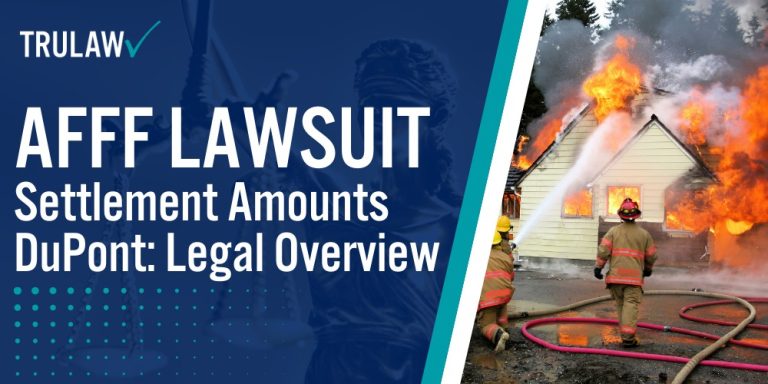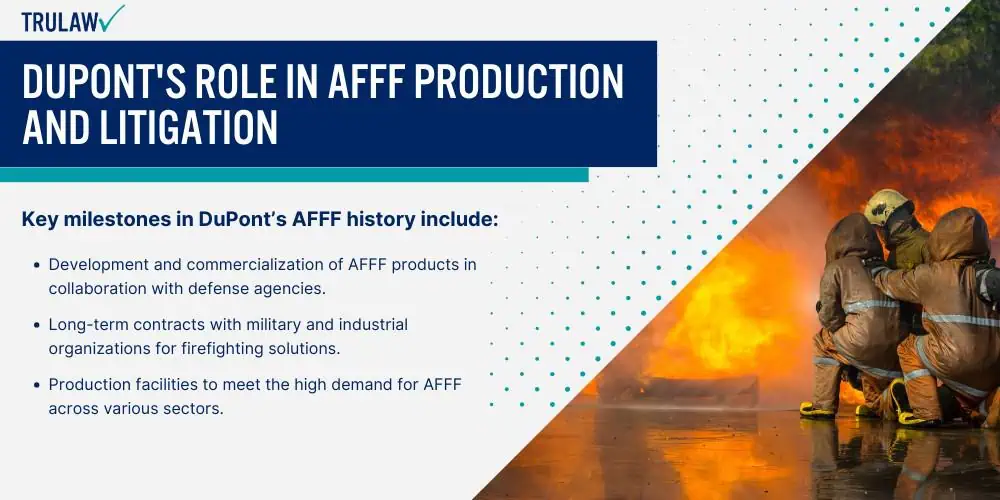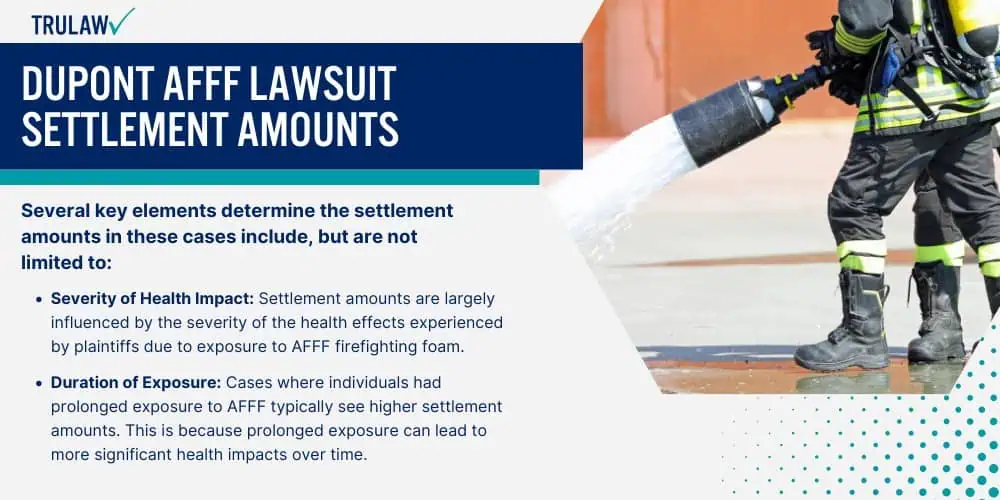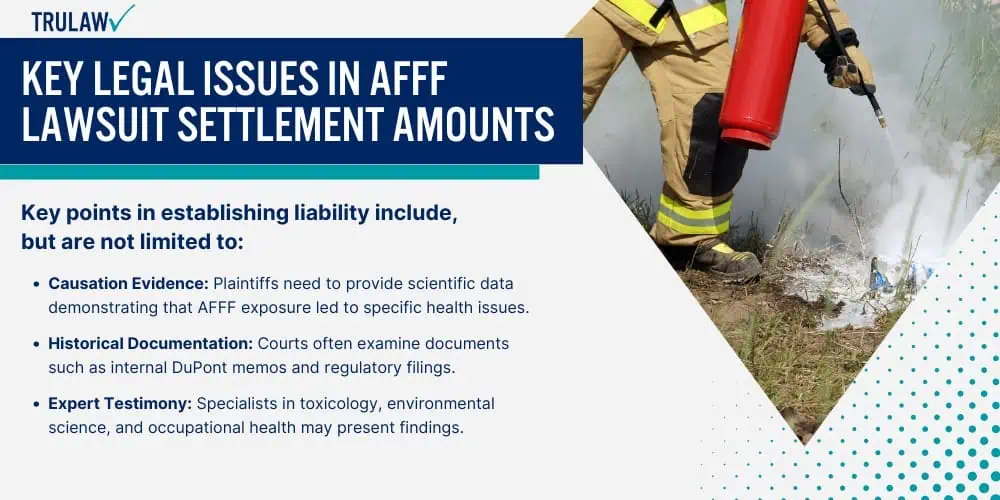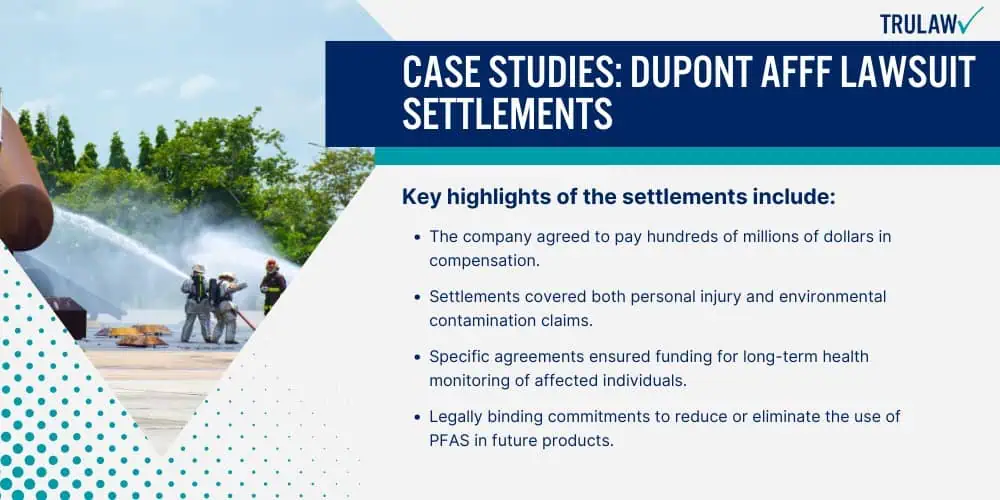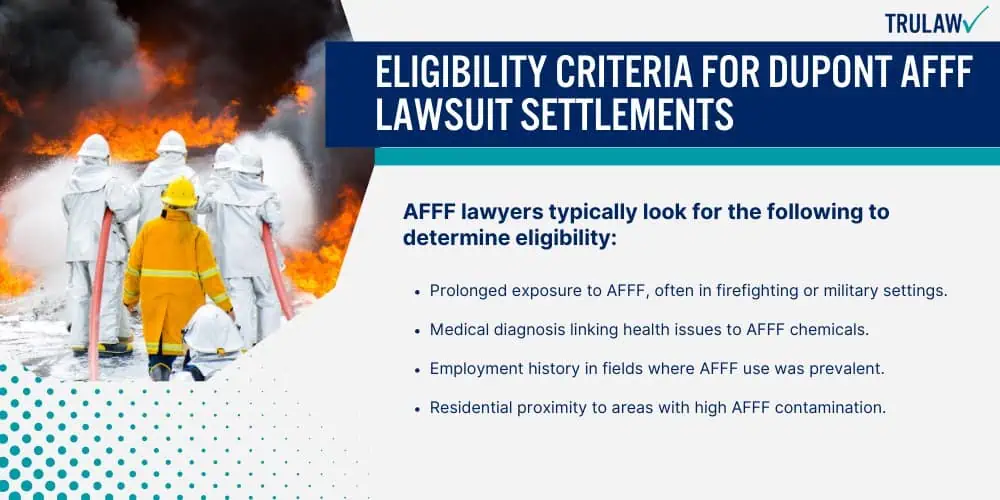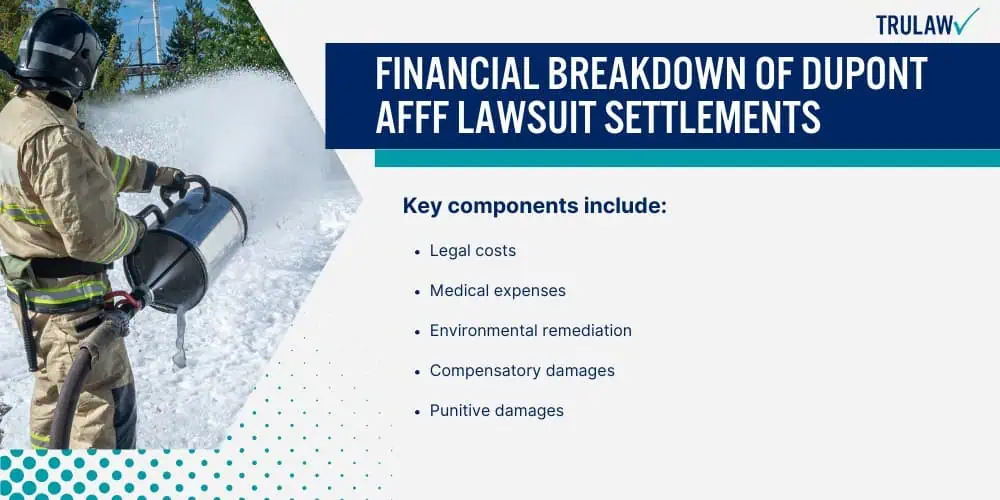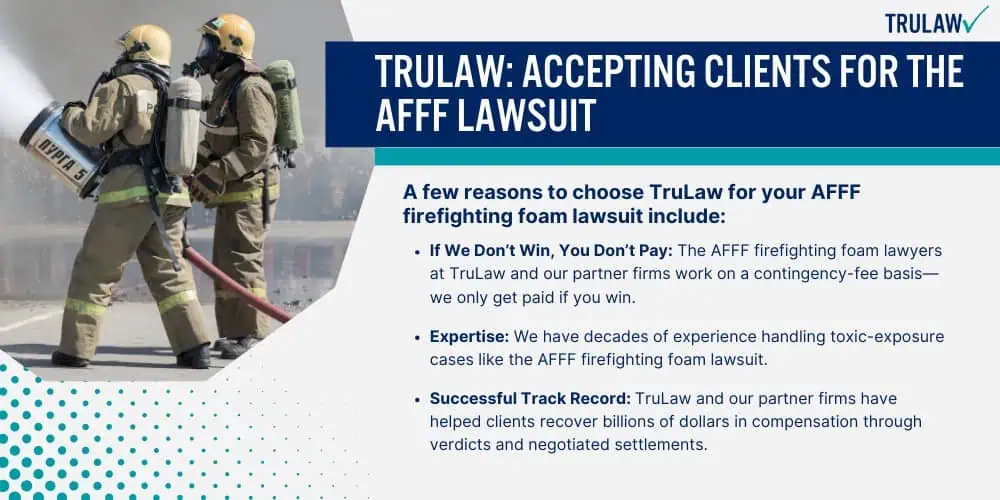AFFF firefighting foam, widely used in combating fuel fires, contains potentially harmful PFAS chemicals.
Legal challenges have emerged due to the health and environmental impacts linked to its use.
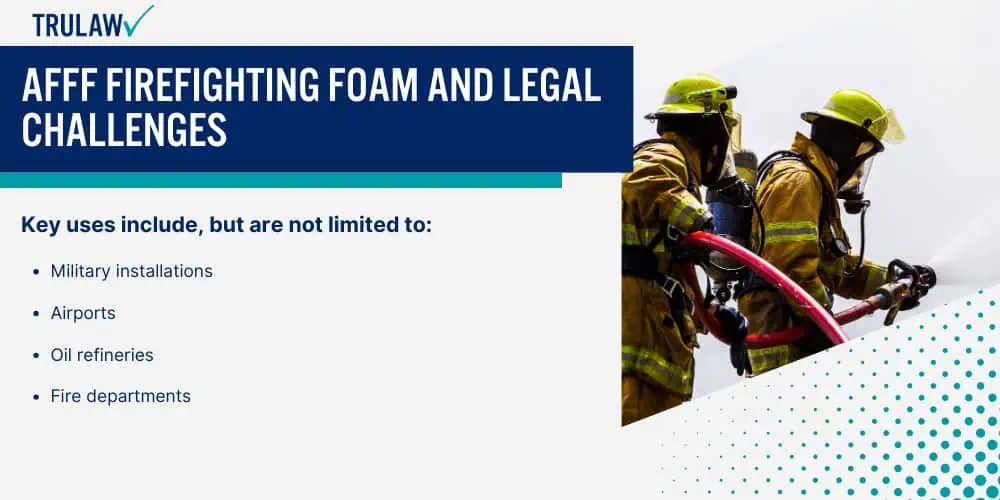
Composition and Use of AFFF Firefighting Foam
Aqueous Film Forming Foam (AFFF) is composed of per- and polyfluoroalkyl substances (PFAS) which are known for their ability to resist heat, water, and oil.
This makes AFFF particularly effective in extinguishing hydrocarbon fuel fires, often seen in airport, military, and industrial settings.
Specifically, AFFF creates a barrier that smothers the fire, preventing the release of flammable vapors.
Key uses include, but are not limited to:
- Military installations
- Airports
- Oil refineries
- Fire departments
This wide range of applications highlights AFFF’s importance in fire safety, yet each use case also presents significant disposal and environmental challenges.
Health and Environmental Concerns Linked to AFFF
The use of AFFF firefighting foam has raised significant health and environmental concerns.
Primarily, the PFAS chemicals in AFFF do not break down in the environment, leading to long-term contamination of soil and water sources.
People exposed to these chemicals, particularly firefighters, have reported numerous health issues, including cancer, liver damage, and thyroid disease.
Key health risks include, but are not limited to:
- Cancer
- Liver damage
- Thyroid disease
- Developmental issues in children
The Environmental Protection Agency (EPA) has recognized the risks associated with PFAS, and regulatory measures are being considered to mitigate these impacts.
Legal actions, such as the AFFF firefighting foam lawsuits, are increasing as more is learned about these adverse effects.
The complex nature of these legal challenges underscores the urgent need for effective solutions.
